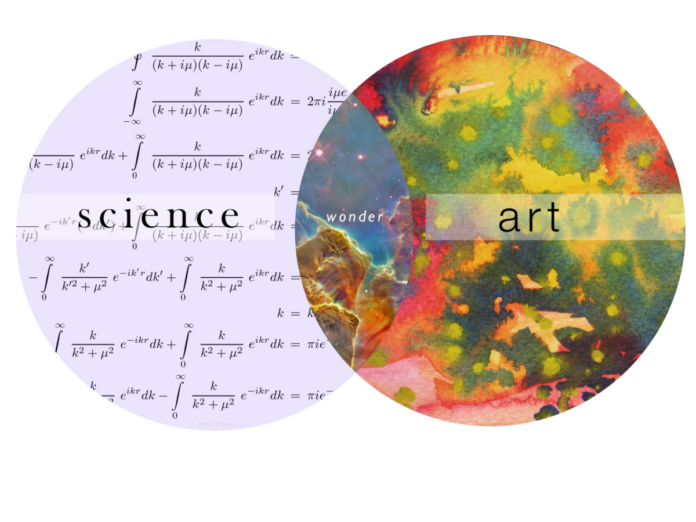Week 1: Two Cultures

In the reading of “Two Cultures and the Scientific Revolution,” Snow pinpointed the two cultures as those of literary intellectuals and natural scientist, and he believed that the curriculum of schools and universities was the source of this divergence. As a Chinese student, I agree that schools and the education system played a critical role in this division. For instance, in high school, we were forced to choose if we want to pursue an education in liberal art or science.
 As a student who majors in economics and biochemistry, I found the two cultures are embodied in the division of south campus and north campus in UCLA. However, I also found the “third culture” which could close the gap between literary intellectuals and scientists emerging at UCLA campus. As mentioned in “Third Culture: Being in Between,” some artists work with technologies they are frequently informed and inspired by exciting scientific innovation. At the same times, there are also scientists who work with artwork for inspiration. For instance, in the field of biochemistry, scientists draw different representations of protein structure in the form of artwork to try to gain a new
As a student who majors in economics and biochemistry, I found the two cultures are embodied in the division of south campus and north campus in UCLA. However, I also found the “third culture” which could close the gap between literary intellectuals and scientists emerging at UCLA campus. As mentioned in “Third Culture: Being in Between,” some artists work with technologies they are frequently informed and inspired by exciting scientific innovation. At the same times, there are also scientists who work with artwork for inspiration. For instance, in the field of biochemistry, scientists draw different representations of protein structure in the form of artwork to try to gain a newperspective.
(Protein Structure by NIH)
The emerging of the third culture changes my mindset of viewing humanity and science separable. As I learn more about technologies, I would like to appreciate the art and their design from a new perspective. As a UCLA student, I am excited to embark a great journey of discovering arts in technology.
Sources:
Snow, C. P. “Two Cultures and the Scientific Revolution.” Reading. 1959. New York: Cambridge UP, 1961. Print.
Vesna, Victoria. “Toward a Third Culture: Being in Between.” Leonardo 34.2 (2001): 121-25. Web.
“The Divide between Art and Science.” Vanguard, 16 June 2018, psuvanguard.com/the-divide-between-art-and-science/.
“Protein Structure Reveals How LSD Affects the Brain.” National Institutes of Health, U.S. Department of Health and Human Services, 28 Feb. 2017, www.nih.gov/news-events/nih-research-matters/protein-structure-reveals-how-lsd-affects-brain.
“The Art of Content Creation and the Science of Measurement.” Marketing Land, 23 Aug. 2016, marketingland.com/art-content-creation-science-measurement-188544.





Hi Rachel,
ReplyDeleteI very much agree with your point on how third culture can help to bridge the gap between art and science. I like the example that you gave which is about how scientists often get in touch with art such as the need to draw protein structures in biochemistry field.
I believe that art and science can not be entirely extinct as there are always numerous interdisciplinary areas in between these two fields. Scientists need art skills to help them acquire a better understanding of scientific theory or study to a further extent. For example, scientists need images, models, etc to give them visual understanding and inspirations. On the other hand, artists need scientific advancements to help them create work in a more effective and efficient manner. For instance, many artists and designers are now using electronic devices such as pad to draw their work. Ultimately, art and science are interrelated. They may seem very different and there do exist a lot of measures that keep them separated, but these two fields relate to and influence each other all the time. We cannot ignore these relationship and should instead learn to how to recognize and utilize this relationship to achieve better outcome.
Best,
Celine Chen